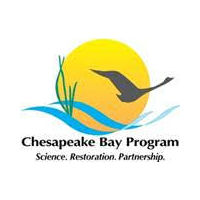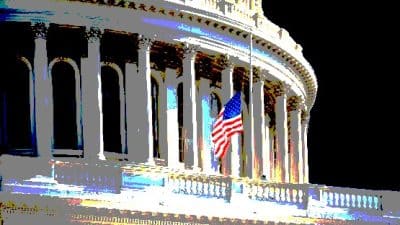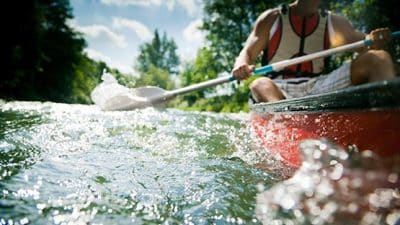
The report provides scientific analysis of the Bay’s blue crab population to help Bay resource managers as they set blue crab fishing regulations. The Chesapeake Bay Program’s Sustainable Fisheries Goal Implementation Team recently approved the 2018 edition of the report.
According to the report and the scientific reference points that resource managers follow for “target” (healthy) and “threshold” (border between safe and unsafe) levels, the Chesapeake Bay blue crab population is currently not depleted, and it is not being overfished.
Notably, the estimated 2018 population of 147 million adult females was lower than the target of 215 million. Scientists place a special focus on females as they develop the analysis because they are key to future success of the species. In the 2017 blue crab fishing season, 21 percent of all female blue crabs were harvested—safely below the target (25.5 percent) and threshold (34 percent) levels.
The blue crab fishery in the Chesapeake Bay is managed by the Maryland Department of Natural Resources, Virginia Marine Resources Commission and Potomac River Fisheries Commission. The Blue Crab Advisory Report includes expert analysis of data from the annual Bay-wide Winter Dredge Survey (released earlier this year by the Maryland Department of Natural Resources) and harvest estimates from recent years.
The number of juvenile crabs—which will grow to be harvestable size this fall—increased by 34 percent from 2017 to 2018, while adult males decreased 23 percent from 76 to 58 million. Overwintering mortality—the measure of crabs that die between fall and spring, due to factors including water temperature—was 6.37 percent, slightly higher than the average of 4.6 percent.
The Advisory Report recommends:
- Jurisdictions should maintain a cautious, risk-averse approach in 2018; no adjustments to management are suggested.
- Jurisdictions should implement procedures that provide accurate accountability of all commercial and recreational harvest to enable more accurate future assessments of the Bay’s blue crab population.
This multiagency report supports the blue crab abundance outcome outlined in the Chesapeake Bay Watershed Agreement, which seeks to maintain a sustainable blue crab population, supporting healthy commercial and recreational harvest. The Blue Crab Advisory Report is developed by the Chesapeake Bay Stock Assessment Committee, a group of experts from state and federal agencies and academic institutions.










